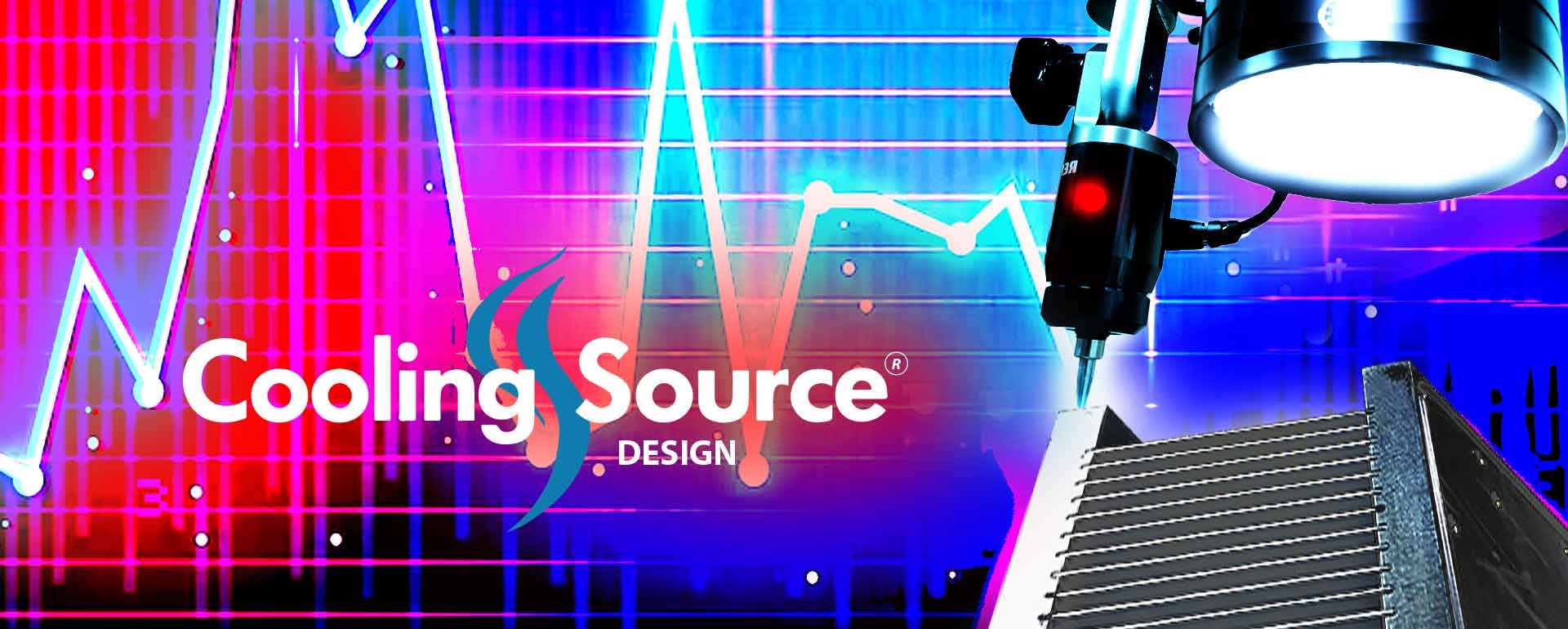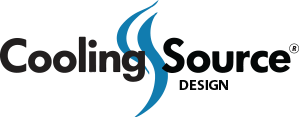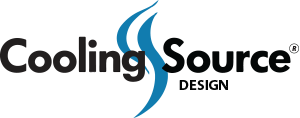
VMM
Using a Virtual Manufacturing Model (VMM) for quality control in manufacturing heatsinks and CN (Computer Numerical) offers several benefits and advantages:
1. Enhanced visualization: A VMM allows you to visualize the heatsink and CN manufacturing processes in a virtual environment. This provides a clear understanding of the entire production workflow, enabling you to identify potential issues or bottlenecks before physical manufacturing begins.
2. Design validation: By simulating the manufacturing process using a VMM, you can validate the design of heatsinks and CN components before actual production. This helps ensure that the design is manufacturable, reducing the risk of costly errors or rework during physical manufacturing.
3. Optimization opportunities: The use of VMM enables optimization of various parameters such as tool paths, machining strategies, material usage, and cycle times for heatsink and CN production. By analyzing different scenarios virtually, you can identify optimal settings that maximize efficiency while maintaining product quality.
4. Cost reduction: Through virtual simulations with a VMM, you can identify areas where costs can be reduced without compromising product quality or performance. This includes optimizing material usage, minimizing scrap or waste generation during CNC machining processes, and streamlining overall production workflows.
5. Quality assurance: A VMM allows for detailed analysis of critical quality control aspects such as dimensional accuracy, surface finish requirements, tolerances compliance in heatsink and CN components' manufacturing process steps.This ensures that manufactured parts meet specified standards consistently.
6.Collaboration opportunities: A VMM facilitates collaboration among different stakeholders involved in the manufacturing process - designers/engineers responsible for designing heatsinks/CN components, suppliers, machinists/operators etc. They can all interact with virtual models,discuss potential improvements, and provide valuable input to enhance product quality control measures collectively.
7.Reduced lead time: By using a VMM to optimize production workflows,you can reduce lead times associated with producing high-quality heatsinks/CN components. Virtual simulations enable you to identify and eliminate potential bottlenecks or inefficiencies, resulting in faster turnaround times.
8. Risk mitigation: The use of a VMM allows for proactive identification and mitigation of risks associated with heatsink/CN manufacturing processes. By simulating different scenarios virtually, you can anticipate challenges, identify potential issues,and implement preventive measures to avoid costly errors or delays during physical production.
Overall, using a VMM for quality control in manufacturing heatsinks and CN components offers benefits such as enhanced visualization, design validation before physical production,optimization opportunities,cost reduction through efficient material usage and streamlined workflows,quality assurance through detailed analysis,collaboration opportunities among stakeholders,reduced lead time,and risk mitigation through proactive identification of potential issues.

